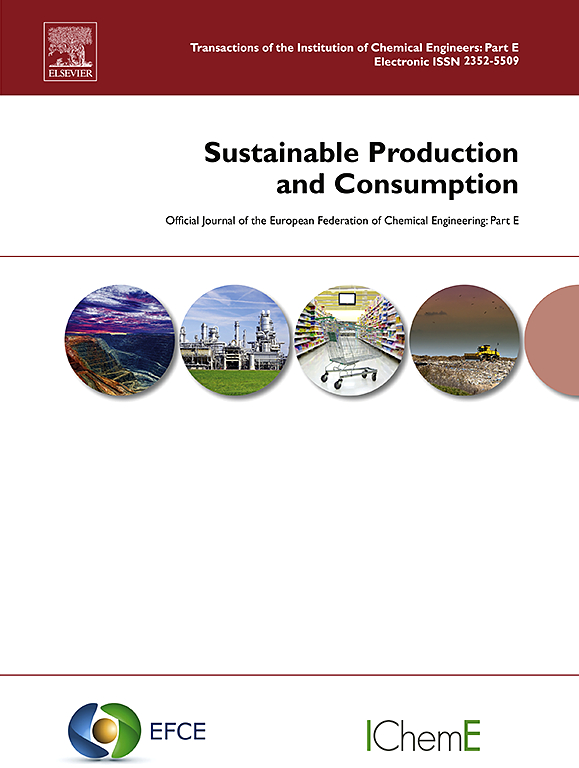Spatiotemporal variation and regional disparities analysis of county-level sustainable development in China
IF 9.6
1区 环境科学与生态学
Q1 ENVIRONMENTAL STUDIES
引用次数: 0
Abstract
Assessing sustainable development in small-scale regions is pivotal for the realization of global Sustainable Development Goals (SDGs). As the fundamental administrative units in China, counties play a vital role in the nation's overall sustainability efforts, while research concentrating on sustainable development at the county level remains scarce. This study introduces an innovative transmission mechanism model that adapts the global SDGs indicator system to small-scale regional assessments. Combining Kernel Density Estimation (KDE), the Markov transition probability matrix, and Dagum Gini coefficient decomposition, a small-scale, systematic and comprehensive evaluation model for county-level sustainability, which integrated sustainability levels and equity, was established based on the SDGs. The spatial-temporal variations and regional disparities in sustainable development across Chinese counties were analyzed, indicating a positive trend in county-level sustainable development, with the overall score rising from 58.82 in 2010 to 71.69 in 2021. Furthermore, regional inequality has shown a gradual decline, as evidenced by the Dagum decomposition results, which reveal a reduction in the total inequality level from 0.063 in 2010 to 0.054 in 2021. Despite this progress, significant disparities remain between regions. This study provides valuable insights for evaluating sustainable development in other small-scale regions and bolsters China's broader initiatives to achieve sustainability.
中国县域可持续发展时空分异与区域差异分析
评估小规模区域的可持续发展对实现全球可持续发展目标至关重要。作为中国最基本的行政单位,县在国家可持续发展的整体努力中发挥着至关重要的作用,但关于县一级可持续发展的研究却很少。本研究提出了一种创新的传导机制模型,使全球可持续发展目标指标体系适应小规模区域评估。结合核密度估计(KDE)、马尔可夫转移概率矩阵和Dagum基尼系数分解,建立了基于可持续发展目标的县域可持续发展水平与公平相结合的小规模、系统、综合评价模型。分析了中国县域可持续发展的时空分异和区域差异,结果表明,县域可持续发展总体得分从2010年的58.82分上升到2021年的71.69分,呈现出积极向上的趋势。此外,区域不平等程度呈逐渐下降趋势,Dagum分解结果显示,总不平等水平从2010年的0.063下降到2021年的0.054。尽管取得了这一进展,但各区域之间仍然存在显著差异。本研究为评估其他小规模地区的可持续发展提供了有价值的见解,并为中国实现可持续发展的更广泛举措提供了支持。
本文章由计算机程序翻译,如有差异,请以英文原文为准。
求助全文
约1分钟内获得全文
求助全文
来源期刊

Sustainable Production and Consumption
Environmental Science-Environmental Engineering
CiteScore
17.40
自引率
7.40%
发文量
389
审稿时长
13 days
期刊介绍:
Sustainable production and consumption refers to the production and utilization of goods and services in a way that benefits society, is economically viable, and has minimal environmental impact throughout its entire lifespan. Our journal is dedicated to publishing top-notch interdisciplinary research and practical studies in this emerging field. We take a distinctive approach by examining the interplay between technology, consumption patterns, and policy to identify sustainable solutions for both production and consumption systems.
 求助内容:
求助内容: 应助结果提醒方式:
应助结果提醒方式:


